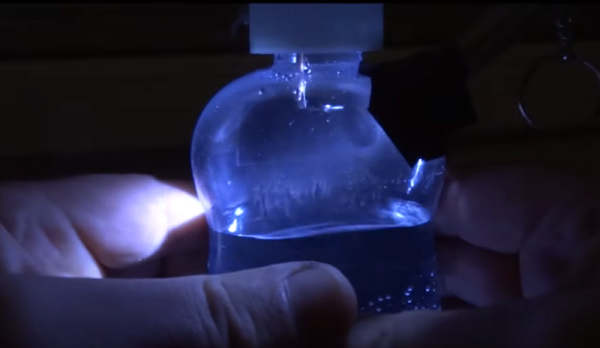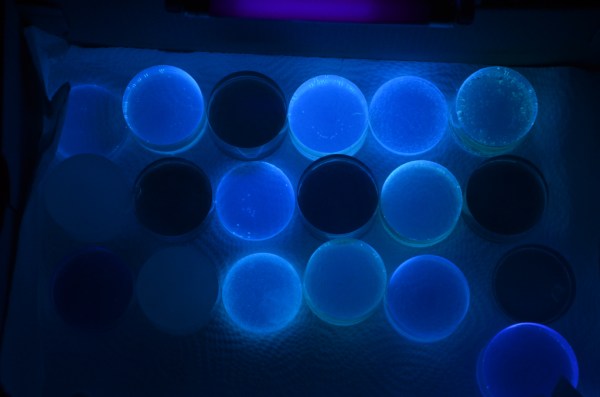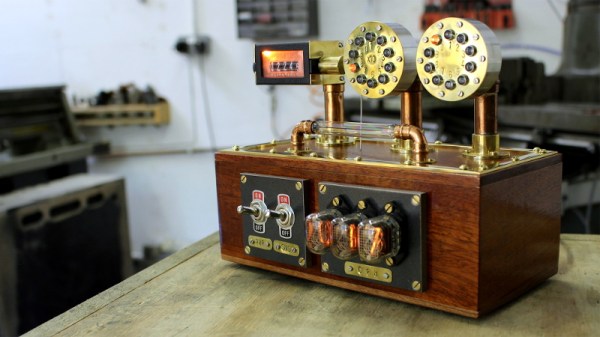There was a recent recall of so-called ‘radioactive shrimp’ that were potentially contaminated with cesium-137 (Cs-137). But contamination isn’t an all-or-nothing affair, so you might wonder exactly how hot the shrimp were. As it turns out, the FDA’s report makes clear that the contamination was far below the legal threshold for Cs-137. In addition, not all of the recalled shrimp was definitely contaminated, as disappointing as all of this must be to those who had hoped to gain radioactive Super Shrimp powers.
After US customs detected elevated radiation levels in the shrimp that was imported from Indonesia, entry for it was denied, yet even for these known to be contaminated batches the measured level was below 68 Bq/kg. The FDA limit here is 1,200 Bq/kg, and the radiation level from the potassium-40 in bananas is around the same level as these ‘radioactive shrimp’, which explains why bananas can trigger radiation detectors when they pass through customs.
But this event raised many questions about how sensible these radiation checks are when even similar or higher levels of all-natural radioactive isotopes in foods pass without issues. Are we overreacting? How hot is too hot?
Continue reading “Naturally Radioactive Food And Safe Food Radiation Levels”
















